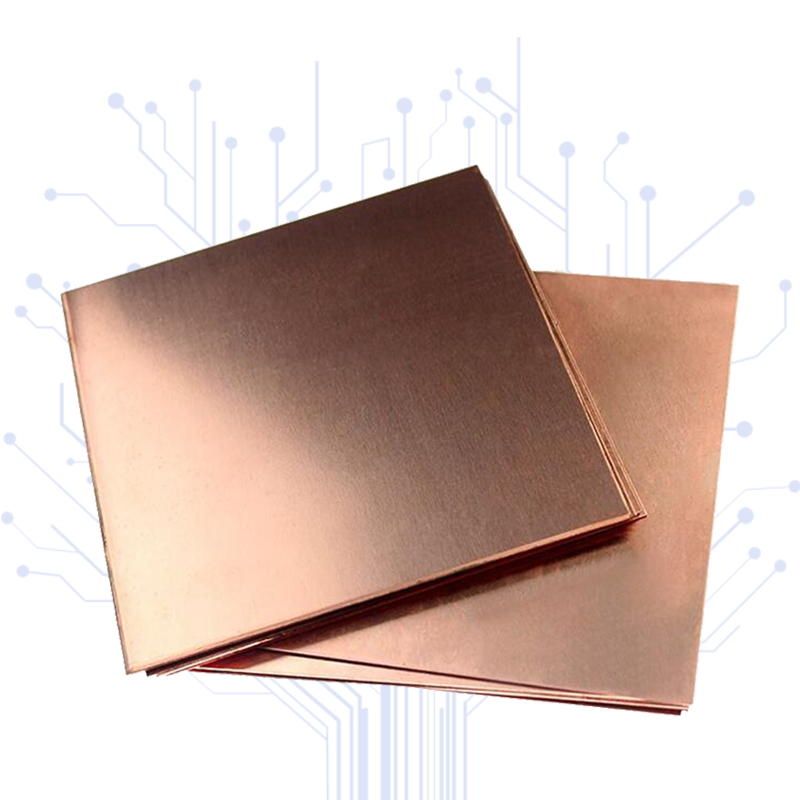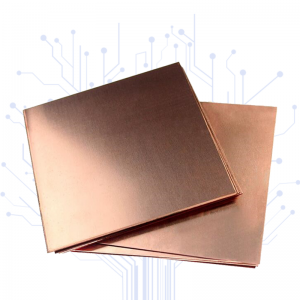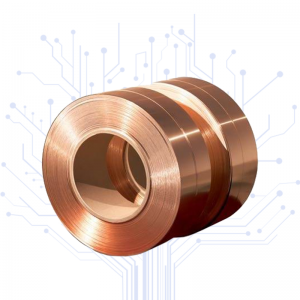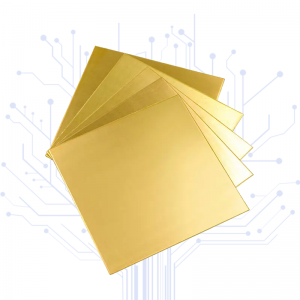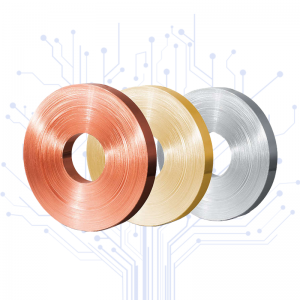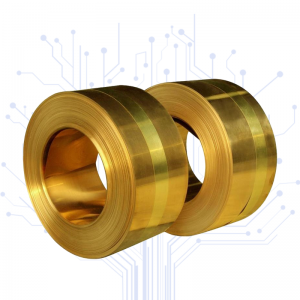Kupferblech
Produkteinführung
Kupferbleche werden aus Elektrolytkupfer durch Barrenverarbeitung, Warmwalzen, Kaltwalzen, Wärmebehandlung, Oberflächenreinigung, Schneiden, Veredeln und anschließendes Verpacken hergestellt. Das Material verfügt über eine ausgezeichnete Wärme- und Stromleitfähigkeit, flexible Duktilität und gute Korrosionsbeständigkeit. Es wird häufig in der Elektro-, Automobil-, Kommunikations-, Hardware-, Dekorations- und anderen Branchen eingesetzt.
Wichtigste technische Parameter
1-1 Chemische Zusammensetzung
| Legierung NEIN. | Chemische Zusammensetzung (%,Max.) | ||||||||||||
| Cu+Ag | P | Bi | Sb | As | Fe | Ni | Pb | Sn | S | Zn | O | Verunreinigung | |
| T1 | 99,95 | 0,001 | 0,001 | 0,002 | 0,002 | 0,005 | 0,002 | 0,003 | 0,002 | 0,005 | 0,005 | 0,02 | 0,05 |
| T2 | 99,90 | --- | 0,001 | 0,002 | 0,002 | 0,005 | 0,005 | 0,005 | 0,002 | 0,005 | 0,005 | 0,06 | 0,1 |
| TU1 | 99,97 | 0,002 | 0,001 | 0,002 | 0,002 | 0,004 | 0,002 | 0,003 | 0,002 | 0,004 | 0,003 | 0,002 | 0,03 |
| TU2 | 99,95 | 0,002 | 0,001 | 0,002 | 0,002 | 0,004 | 0,002 | 0,004 | 0,002 | 0,004 | 0,003 | 0,003 | 0,05 |
| TP1 | 99,90 | --- | 0,002 | 0,002 | --- | 0,01 | 0,004 | 0,005 | 0,002 | 0,005 | 0,005 | 0,01 | 0,1 |
| TP2 | 99,85 | --- | 0,002 | 0,002 | --- | 0,05 | 0,01 | 0,005 | 0,01 | 0,005 | --- | 0,01 | 0,15 |
1-2 Legierungstabelle
| Name | China | ISO | ASTM | JIS |
| Reines Kupfer | T1,T2 | Cu-FRHC | C11000 | C1100 |
| sauerstofffreies Kupfer | TU1 | ------ | C10100 | C1011 |
| TU2 | Cu-O | C10200 | C1020 | |
| desoxidiertes Kupfer | TP1 | Cu-DLP | C12000 | C1201 |
| TP2 | Cu-DHP | C12200 | C1220 |
1-3 Funktionen
1-3-1Spezifikation mm
| Name | Legierung (China) | Temperament | Größe (mm) | ||
| Dicke | Breite | Länge | |||
| Kupferblech | T2/TU2 | H 1/4H | 0,3~0,49 | 600 | 1000~2000 |
| 0,5~3,0 | 600~1000 | 1000~3000 | |||
Härtezeichen: O. Weich; 1/4H. 1/4 Hart; 1/2H. 1/2 Hart; H. Hart; EH. Ultrahart; R. Warmgewalzt.
1-3-2 Toleranzeinheit: mm
| Dicke | Breite | |||||
| Dicke zulässige Abweichung± | Breite zulässige Abweichung± | |||||
| <400 | <600 | <1000 | <400 | <600 | <1000 | |
| 0,5 bis 0,8 | 0,035 | 0,050 | 0,080 | 0,3 | 0,3 | 1,5 |
| 0,8 bis 1,2 | 0,040 | 0,060 | 0,090 | 0,3 | 0,5 | 1,5 |
| 1,2 bis 2,0 | 0,050 | 0,080 | 0,100 | 0,3 | 0,5 | 2.5 |
| 2,0 bis 3,2 | 0,060 | 0,100 | 0,120 | 0,5 | 0,5 | 2.5 |
1-3-3Mechanische Leistung:
| Legierung | Temperament | Zugfestigkeit N/mm2 | Verlängerung ≥% | Härte HV | ||
| T1 | T2 | M | (O) | 205-255 | 30 | 50-65 |
| TU1 | TU2 | Y4 | (1/4 Stunde) | 225-275 | 25 | 55-85 |
| TP1 | TP2 | Y2 | (1/2 Std.) | 245-315 | 10 | 75-120 |
|
|
| Y | (H) | ≥275 | 3 | ≥90 |
Härtezeichen: O. Weich; 1/4H. 1/4 Hart; 1/2H. 1/2 Hart; H. Hart; EH. Ultrahart; R. Warmgewalzt.
1-3-4 Elektrische Parameter:
| Legierung | Leitfähigkeit/%IACS | Widerstandskoeffizient/Ωmm2/m |
| T1 T2 | ≥98 | 0,017593 |
| TU1 TU2 | ≥100 | 0,017241 |
| TP1 TP2 | ≥90 | 0,019156 |
1-3-4 Elektrische Parameter


